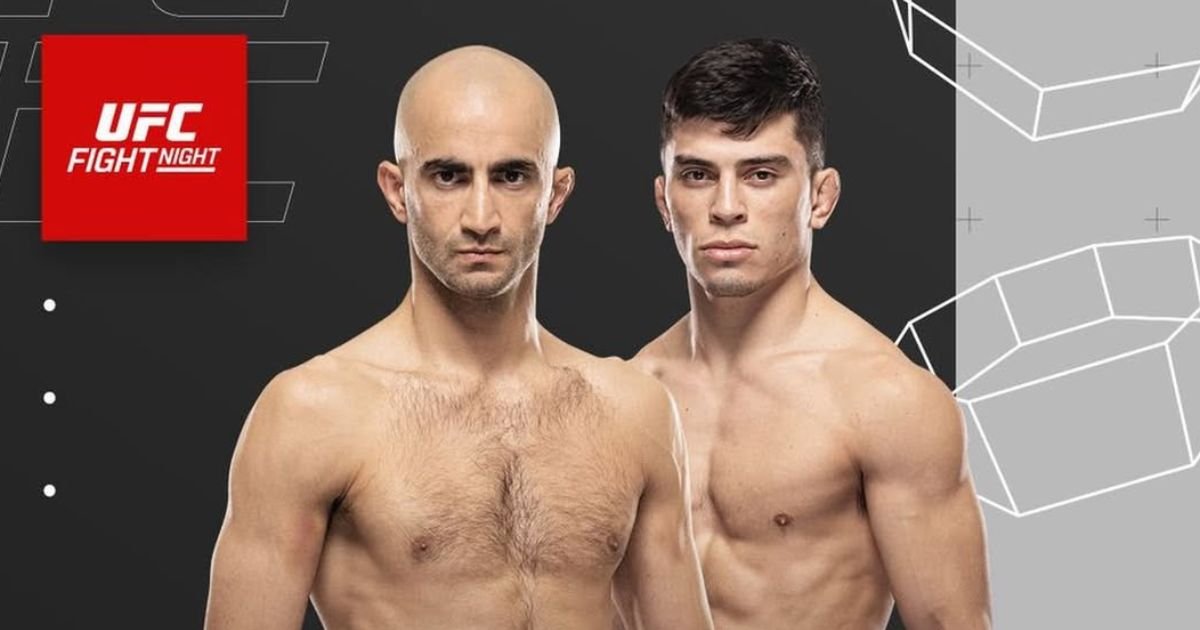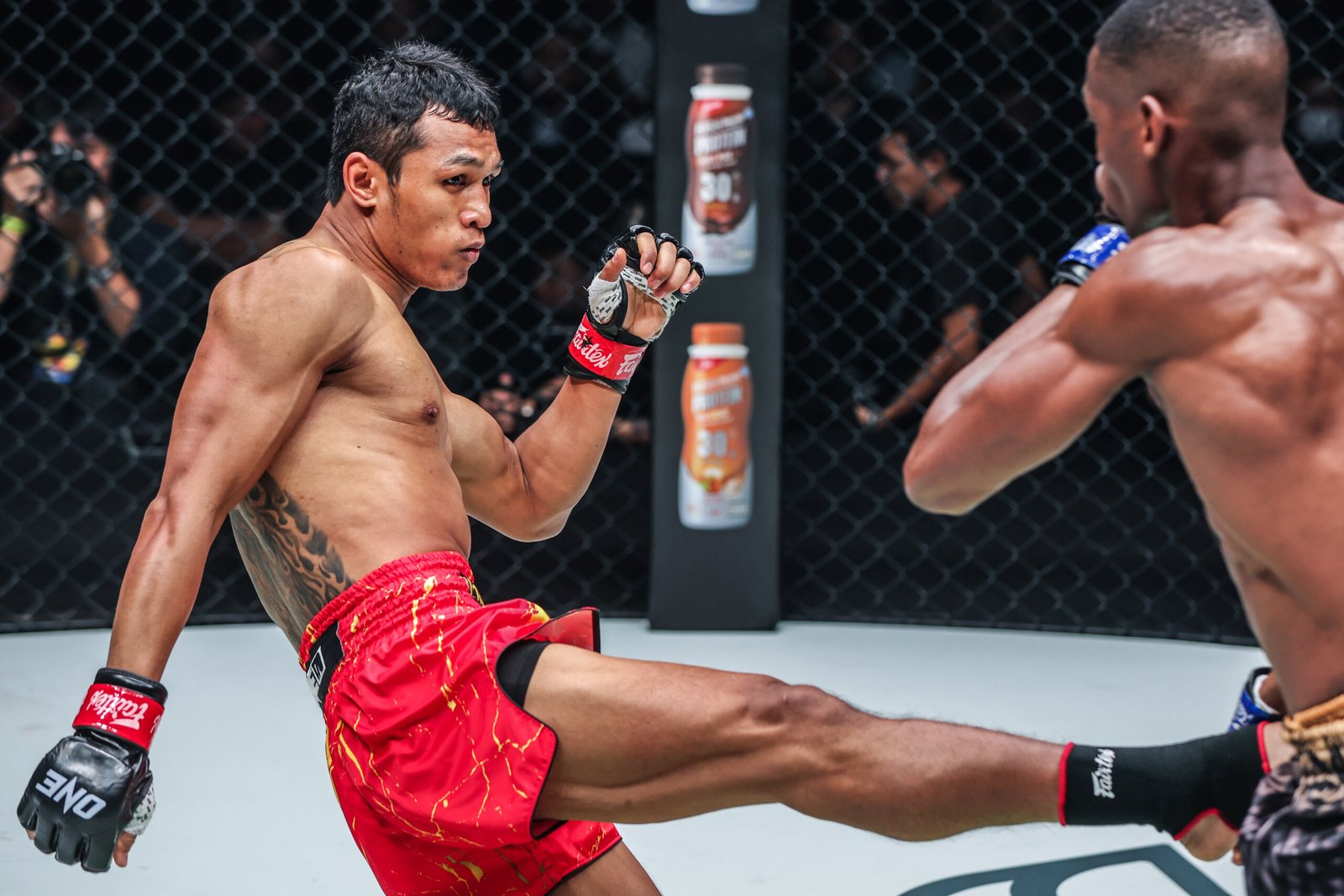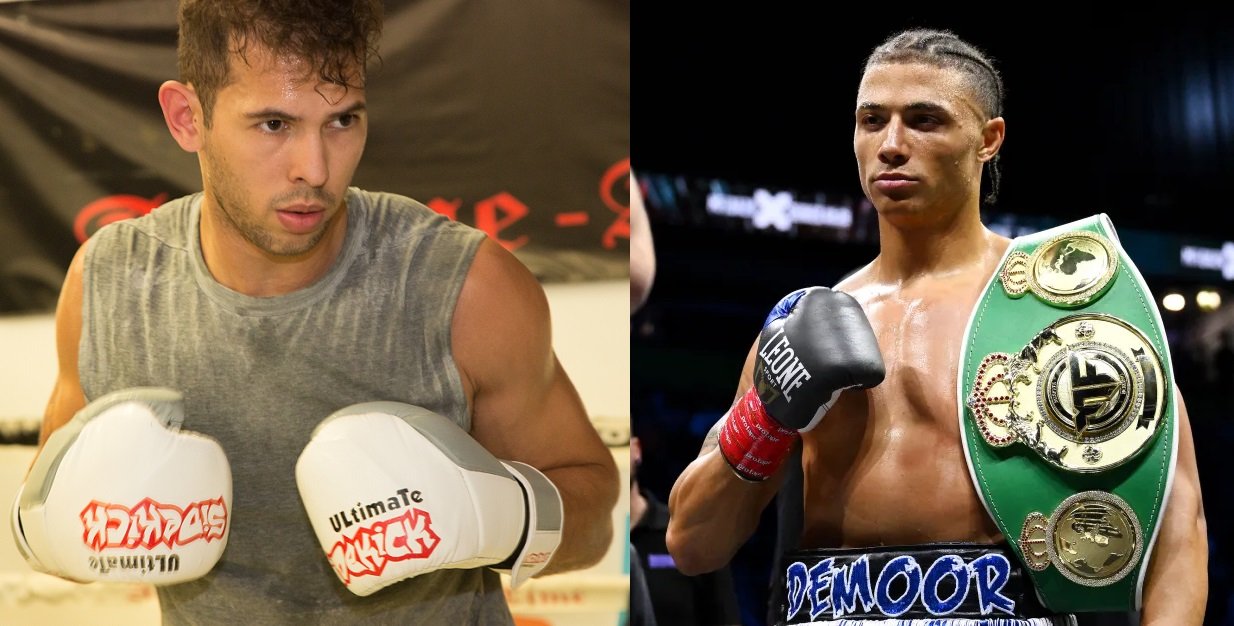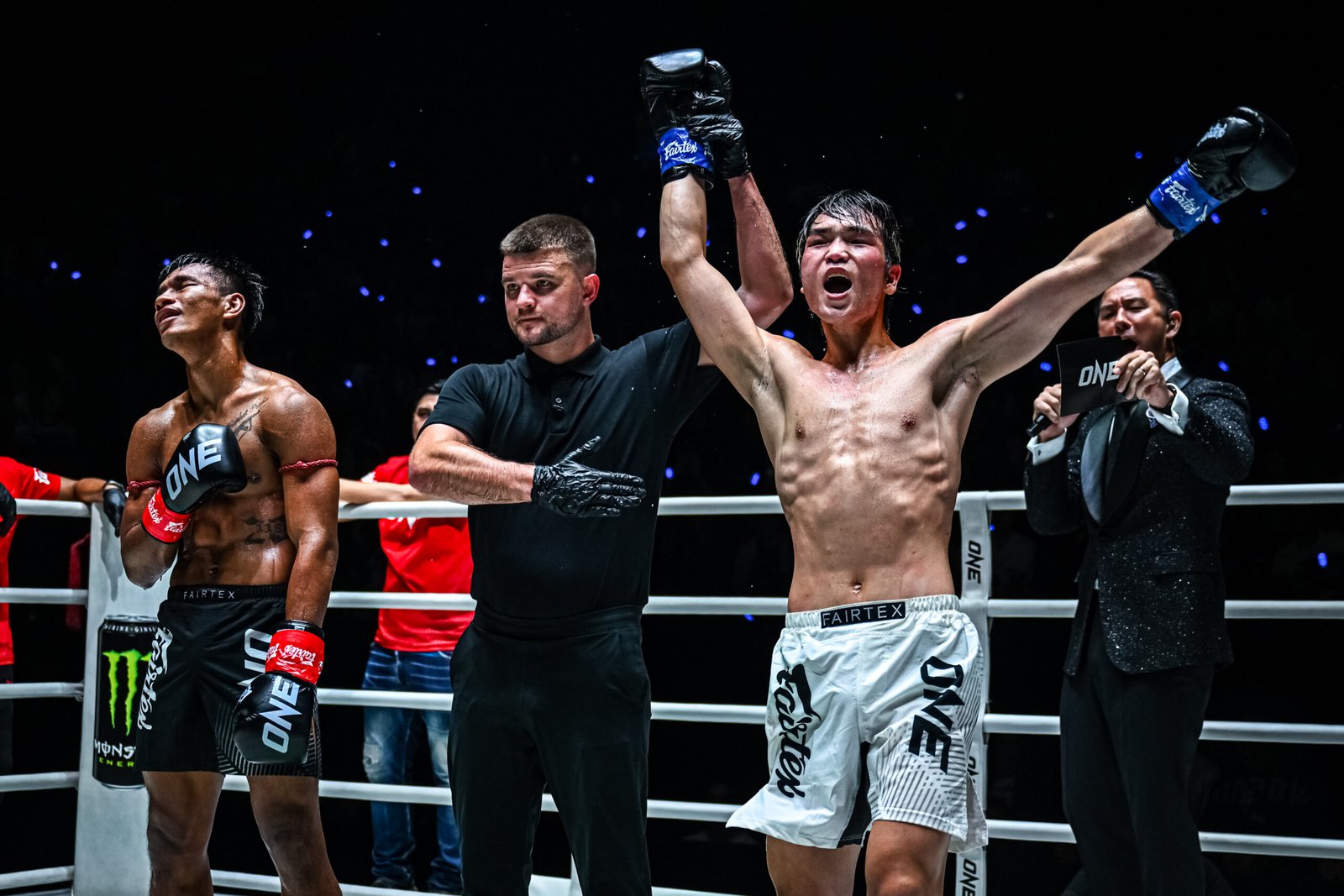
Turning Pro: How and Why?

For every fighter, the thought of going pro and getting paid for what you love sounds like a dream come true. But, could turning pro too early be quite what it’s cracked up to be?
In this article, we will discuss the differences between professional and amateur fighters, how to turn into a pro fighter and how big the jump is between the two.

What is the Difference Between Professional and Amateur Fighters?
A few main differences between Professional and Amateur Fighters are mostly the number of rounds a fighter has to complete as well as the length of the timed round and if the fighter gets paid. In amateur and professional bouts they both use the same 10oz boxing gloves.
The definitions of professional and amateur fighters are below:
- AMATEUR
One who engages in an activity as a pastime rather than as a professional; one who lacks expertise.- AMATEUR IN SPORTS: An athlete who has never participated in a competition for money. An athlete who is not paid for his/her performance. An athlete at the beginning learning levels of his/her career.
- AMATEUR IN SPORTS: An athlete who has never participated in a competition for money. An athlete who is not paid for his/her performance. An athlete at the beginning learning levels of his/her career.
- PROFESSIONAL
Performed by persons receiving pay. An expert in a field of endeavor.- PROFESSIONAL IN SPORTS: An athlete who is paid for his/her performance. Paid for their excellence of experience, knowledge, and ability of their given sport. An athlete who plays for pay.
Source: https://www.ikfkickboxing.com/ProAmStatus.htm
How many Amateur Fights do I Need to Complete Before Turning Pro?
There is no set amount as everyone is different.
The biggest thing to remember is not to jump in too early into professional fights. Some fighters who have been training since they were a child may turn pro with only 10 amateur fights, but in reality, it is recommended to have had at least 20 fights before turning into a professional fighter.
Jamie Bates- who is a champion kickboxer– had approximately 60 amateur fights before turning pro.
Deciding how many fights it will take to turn from amateur to pro is something that your coach can help with to make these decisions. In an ideal world, you should have gained enough experience in your amateur fights to fight professionally and aim to win them all.
If you go professional and you’re not ready, losing your early fights might hold your career back in the professional rankings and affect your pay or even a shot at the title.
Below is a video that sums up “How Many Amateur Fights Before I Go Pro?”
How Big is the Jump between Amateur and Pro Fighting?
There are quite a few differences between amateur and pro-level fighting. A great resource to take a look at is this article.
Training Frequency
The frequency of training is definitely a difference between an amateur and pro-level fighting. Amateur fighters train hard, approximately 3-4 hours per day, 6 days a week. However, at a pro-level, fighting becomes the primary area of their lives. This means that pro fighters train approximately twice a day (with hard training sessions), 6 days a week.
Fighting Techniques
The way that amateur and pro-level fights are handled is very different. many coaches for amateurs try to get their fighters to have experience with a wide variety of different fighters. This is to allow amateurs to gain experience and hone their technique.
However, pro fighters are usually evenly-matched because their records matter much more than amateur fighters. This is because a poor record makes it difficult for fighters to get booked on good cards, or even at all.
-
 Ultimate X Leather Boxing Gloves£49.99
Ultimate X Leather Boxing Gloves£49.99 -
Sale Product on sale
 Nemesis 6oz Kids Boxing Gloves
Nemesis 6oz Kids Boxing Gloves£24.99Original price was: £24.99.£13.99Current price is: £13.99. -
 Pro Kickboxing Foot Guards
Pro Kickboxing Foot Guards







